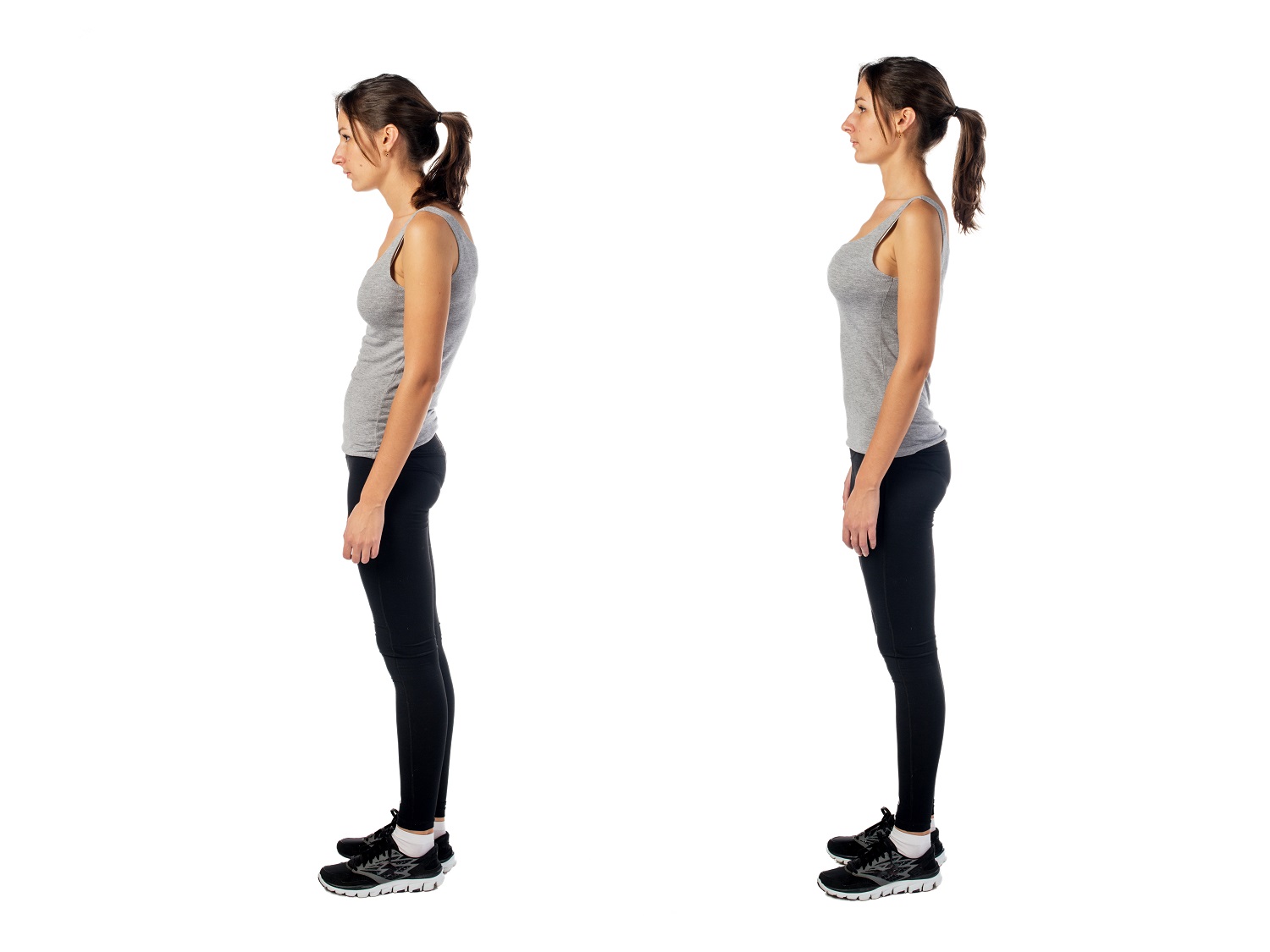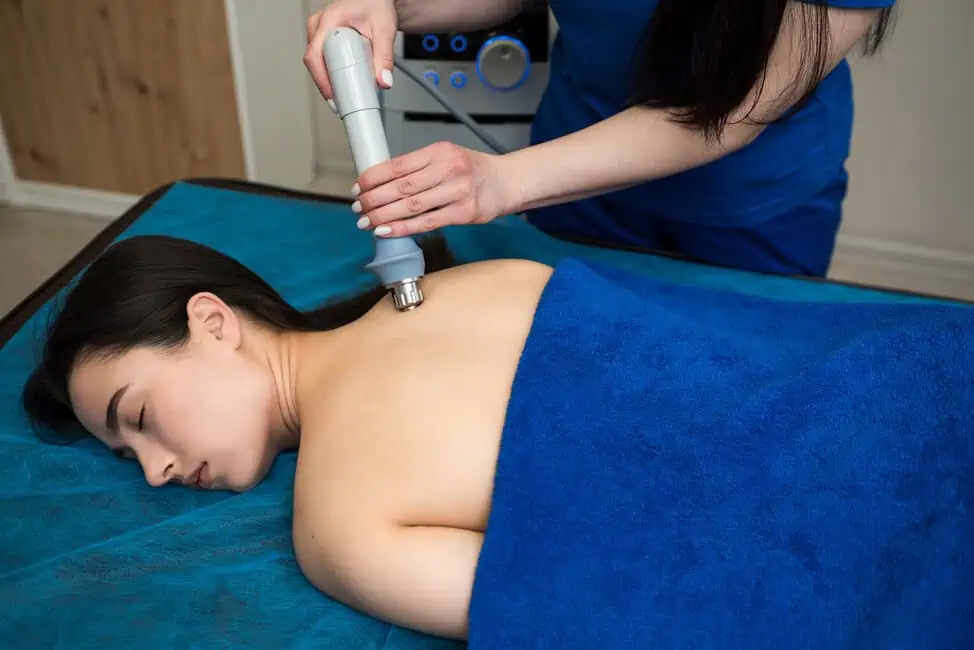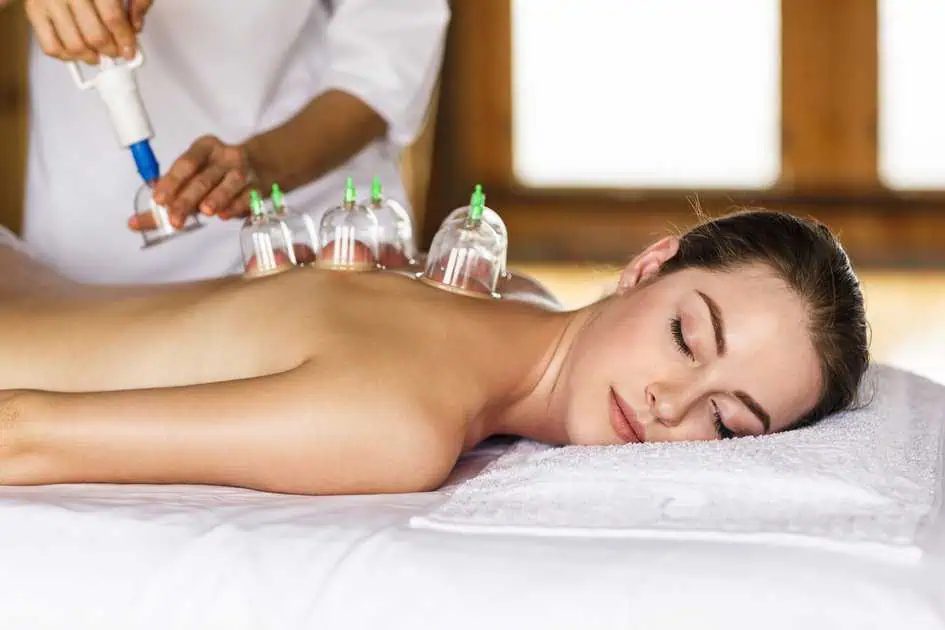Most Athletes know that proper form means the difference between the winning stroke, pitch, catch or throw. Furthermore, we can see degenerate posture lead to spine and joint pain over the decades. But how can we make a difference in how we stand up? Do I need to focus on my posture every moment of the day? That seems impossible!
Sitting Is The New Smoking
For years, I have been teaching yoga students this principle, and beyond the chuckle of the title, it really drives home the point that how we spend most of our time becomes our habit. Good habits heal you, and bad ones kill you slowly but predictably. Slumping cuts off your ability to breathe and oxygenate effectively. It also leads to arthritis and back and joint pain.
According to Saha et al. (2007), when patients present with a trunk flexed posture, their level of oxygen consumption is greater, and the change in muscle activation leads to greater energy expenditure. An interesting study evaluated the kinematics of running for triathletes and marathon runners.
They found that triathletes tend to have less energy at the end of a race because they have a more flexed forward posture after biking than marathon runners do from just running. Upright posture supports efficiency in energy expenditure (Hausswirth, 1997).
Slumping posture decreases metabolism and raises cortisol levels
The neurological and hormonal (neuroendocrine) effect of proper posture is just the opposite of postural collapse. Carney et al. (2010) demonstrated that patients who present with proper posture have lower levels of cortisol. Levine et al. (2005) determined the connection between proper posture and decreased obesity, stating that individuals with intentional changes of posture during activities of daily living burn 350 calories more per day on average in comparison to patients who present with sedentary postural presentations.
In this TED talk, Amy Cuddy describes how your body language shapes who you are. Testosterone is a confidence hormone, and cortisol is a fear hormone. By changing your posture, you can boost testosterone levels.
We learn posture from our family, friends and the work that we do. To gain better posture, we must break old habits. Motivation and a postural coach are essential to this process. Measurements periodically, along with the process, track positive changes and encourage the mind and body to keep going on the proper posture path.
To get started, we will conduct a physical exam and order any appropriate testing or imaging. Then a treatment program will be designed with postural rehabilitation exercises, spinal adjustments, and nutritional supplementation to ensure the body gets all of the Core Essentials it needs to operate effectively. Periodically, we will reassess and track progress.

About the Author:
Dr. Steven Sorr is the founder and chief medical officer at Source of Health in Scottsdale, AZ and has been in clinical practice using regenerative medicine since 2013. He received his doctorate in naturopathic medicine from SCNM and is a licensed healthcare provider in Arizona.
Dr. Sorr brings a huge passion for life and a diverse educational background in food, yoga, and medicine to Source of Health. His goal is to revolutionize the standard of care mindset by making significant strides in evidence-based therapies that are drug and surgery-free to restore high-level health for all.






